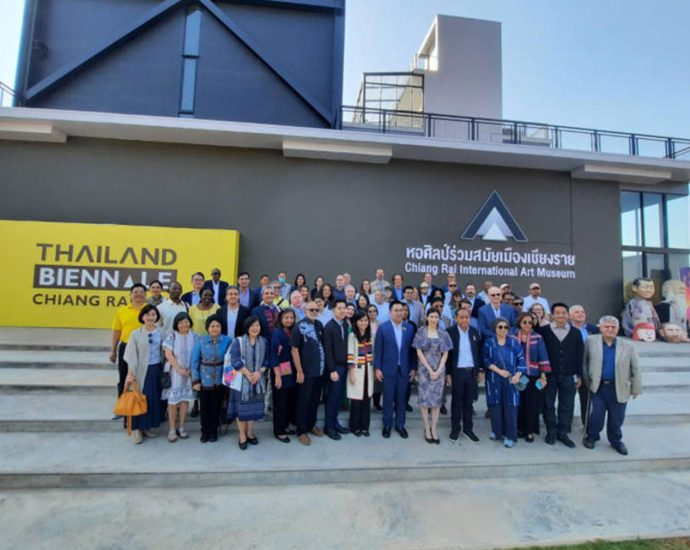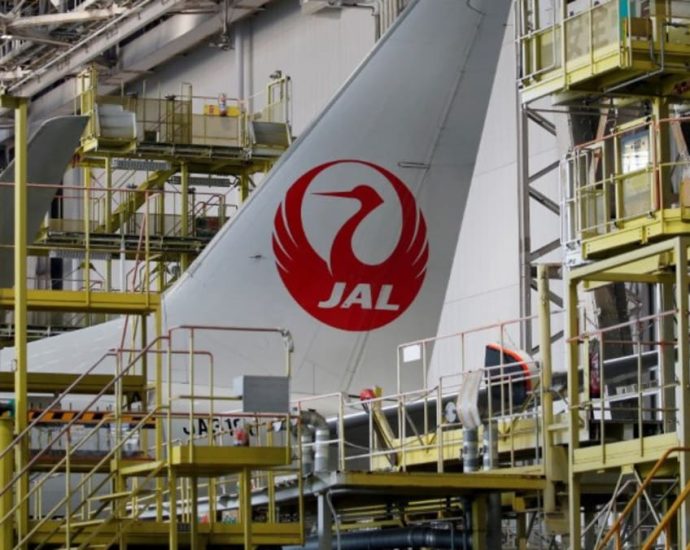Poll body ready to take up Move Forward case
Election commission to decide whether to recommend party dissolution based on Constitutional Court ruling
PUBLISHED : 21 Feb 2024 at 18:43

The full text of the Constitutional Court’s ruling against the Move Forward Party has been submitted to the Election Commission, so it can now begin considering whether to recommend the party be dissolved, says lawyer Theerayut Suwankesorn.
Mr Theerayut brought the original complaint before the court, which ruled on Jan 31 that the party’s advocacy of amendments to the lese-majeste law represented an intention to undermine the constitutional monarchy.
He has now asked the EC to initiate dissolution proceedings against the main opposition party under Section 92 of the organic law on political parties.
The section states that if the EC has evidence pointing to a political party’s attempt to overthrow the constitutional monarchy, it must ask the Constitutional Court to consider dissolving the party and banning its executives from running in elections for 10 years.
With the text of the court ruling now at its disposal, the EC is expected to reach a decision within 90 days, he said.
Mr Theerayut said the EC need not summon members of the party to clarify the matter because the court has already received detailed information from former leader Pita Limjaroenrat, current leader Chaithawat Tulathon and security agencies.
The EC could request information from the court for its inquiry without summoning the Move Forward figures to testify, he added.
Mr Theerayut is best known for his defence of Suwit Thongprasert, formerly known as Phra Buddha Isara, an activist monk who was a key figure in the Bangkok Shutdown protests that led to the 2014 military coup.
In addition to monitoring the EC, the lawyer said he would be keeping a close watch on political groups whose activities are related to the proposal to amend the lese majeste law.
The Constitutional Court does not prohibit any attempt to amend the law but the process must be conducted through a proper legislative channel, he said.
He said he would also be monitoring the amnesty proposal that is being studied by a House committee amid a debate on whether it should cover violators of the royal defamation law.
In his opinion, lese-majeste offences are usually not rooted in political conflict, and he said he would use all possible legal measures if those who violate the law are granted amnesty.
Proposed by the ruling Pheu Thai Party, the study panel has eight cabinet representatives and 27 other figures from various parties. It has 60 days to complete its review.



















